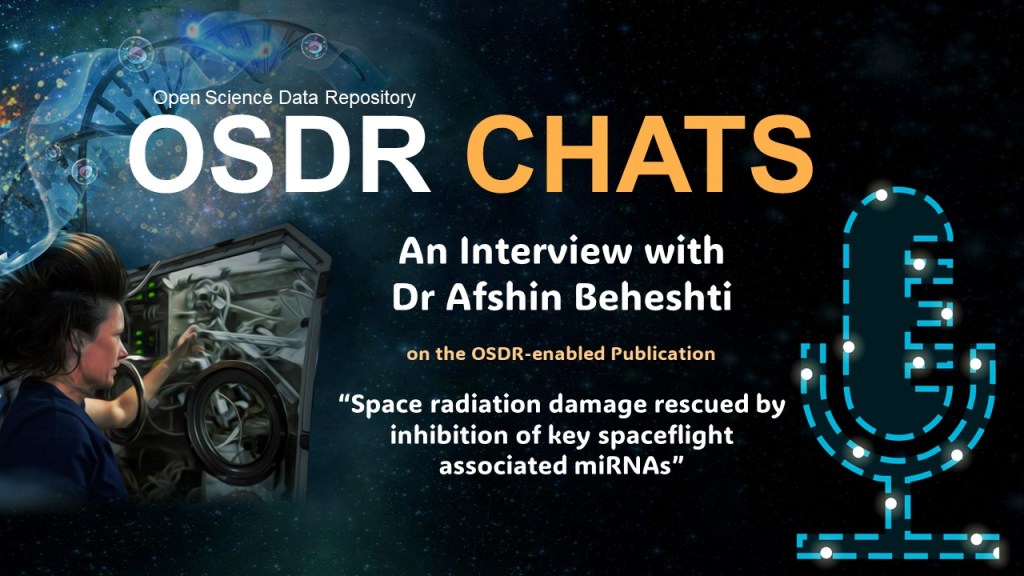Because the alignment of a Mars sol versus an Earth day is constantly changing, we sometimes start our planning day a couple hours earlier or later than normal. Today was one of those days where we were scheduled to start the planning process several hours later than normal. However, our actually start time ended up being even a little later than expected because there was an issue with the downlink, which meant we did not receive any data from Mars until ~45 minutes into the planning process. Because of this delay, we didn't have enough time to do a full assessment of the rover's position in order to determine whether it would be stable and safe to move the arm. Fortunately there was still lots of science to do, so we had no problem filling the plan with remote sensing observations plus a small drive that should get us into an even better position for contact science on Monday.
Since today is Friday, we put together a three sol plan that will take Curiosity through the weekend. On the morning of the first sol, we will have a remote sensing block with Mastcam deck monitoring, an observation of the atmosphere with Mastcam, and ChemCam observations on targets "Fort Brown," "Kirkwood," and "Fairfield." We will also take a Mastcam multispectral observation of what might be our contact science target on Monday, a target called "Frisco." Frisco is a light toned rock that's sitting right below a bunch of darker, grayer rocks. This change in rock texture is visible from orbit, and we are excited to investigate it in detail on the ground. In the afternoon, we will take a Navcam mosaic of the sky and a ChemCam RMI standalone image of a soil target named "Fig Tree," which is part of a test of the focus on the RMI imager.
On the second sol of the plan, sol 1873, we will take Mastcam documentation images of the all of the ChemCam targets, a Mastcam tau observation, a crater rim extinction observation, and a dust devil survey. We'll then go for a very short bump to place the rover in the best possible position to do contact science on the area that transitions from smooth, bright rocks, to dark, broken up rocks.
On the final sol of the plan, we will take a morning tau observation to observe how much dust is in the atmosphere, a morning crater rim extinction observation, and some additional Navcam atmospheric images. We will finally finish up the weekend with an automated ChemCam AEGIS observation.
Written by Abigail Fraeman, Planetary Geologist at NASA's Jet Propulsion Laboratory



































